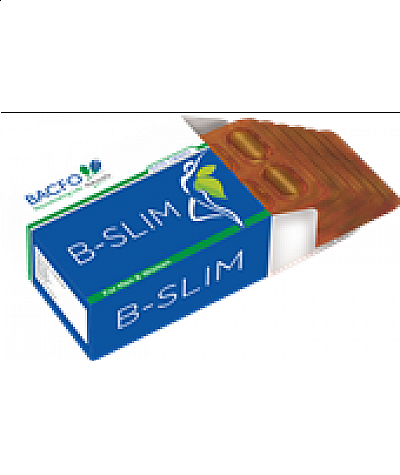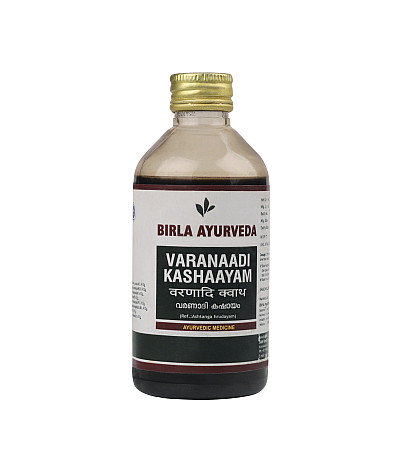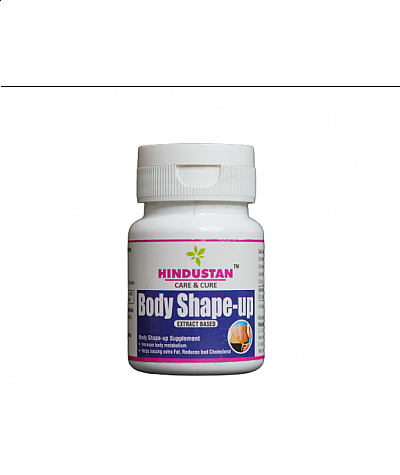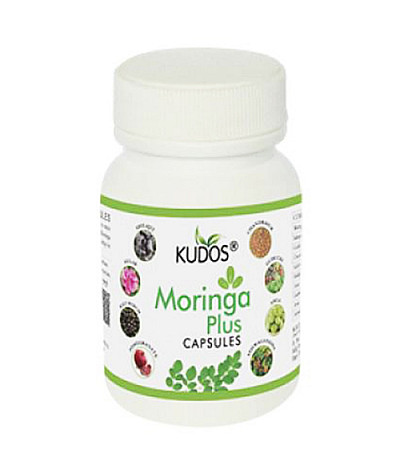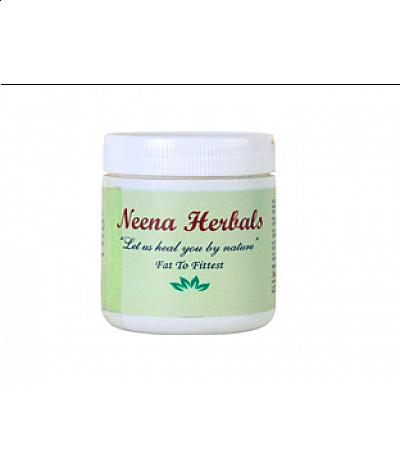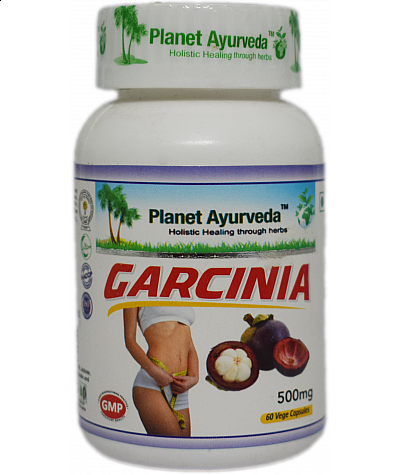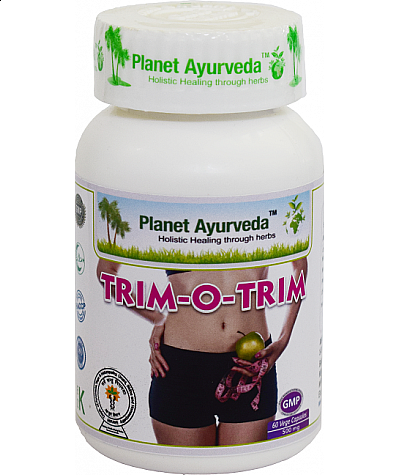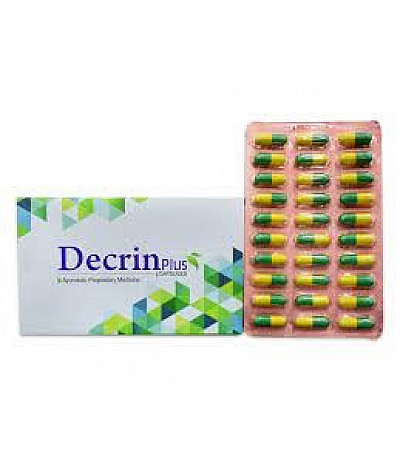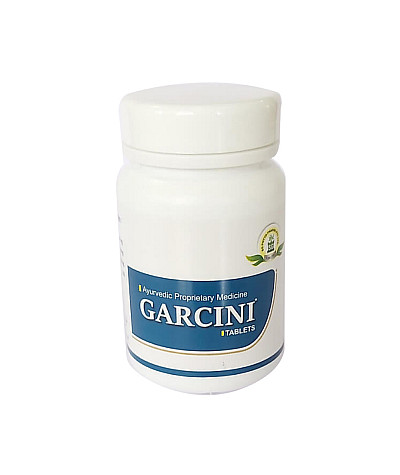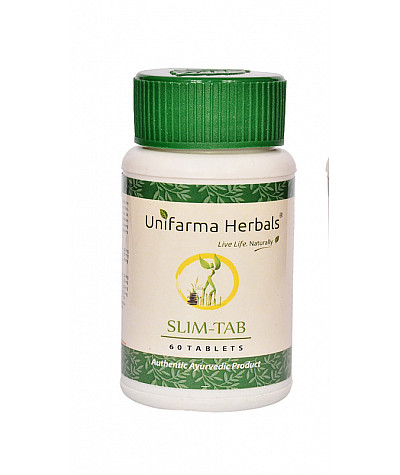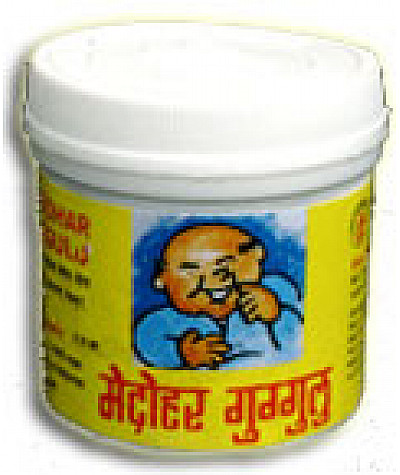Obesity
OBESITY (STHOULYA ROGA)
There are eight types of individuals that are criticized in ayurveda. These are Atisthula (overweight or obese), Atikrisha (Excessive lean or under weight), Atidirgha (Excessive tall), Atiharsva (Excessive small), Atigaura (Excessive fair), Atikrishana (Excessive black), Atiloma (Excessive hairs on body) and Aloma (Absence of hair on body). Among these eight types, atisthula is considered as the most morbid or unhealthy state of body. Atisthulata, Sthoulya roga or Medoroga are the synonyms of each other that correspond to obesity. Due to causative factors, there is an abnormal increase in medo-dhatu (body fat) which increases body weight and also vitiates vata dosha.
Carbohydrates, proteins and fats are the major sources of energy required by our body to perform various functions. Energy also gets stored in our body which is utilized when needed. Adipose tissue is specialized group of cells which stores excess energy in the form of fat or triglycerides. But intake of extra nutrition and decreased consumption of energy due to sedentary lifestyle creates serious health issues. It results in over - accumulation of fat in adipose tissues, which is known as ‘Obesity’. Obesity is also a genetic problem and it runs in families. Obesity can easily noticed by increasing body weight. Generally, two type of pattern of obesity is seen, Pear shape and Apple shape. Pear shape obesity is seen in women whereas apple shape obesity is common in men.
Calculation of body mass index (BMI) is a commonly used method to assess the grade of obesity. BMI is defined as the weight of a person in Kilograms divided by the square of their height in meters -
Body Mass Index = Weight in kilograms
(Height in meters)2
In Indians, healthy range of BMI is in between 18.5 to 25. BMI in between 25 to 30 is considered as overweight and BMI above 30 signifies obesity. Obesity gives a negative impact on our body and increases chances of getting heart problems, diabetes, joint problems, certain cancer etc.


